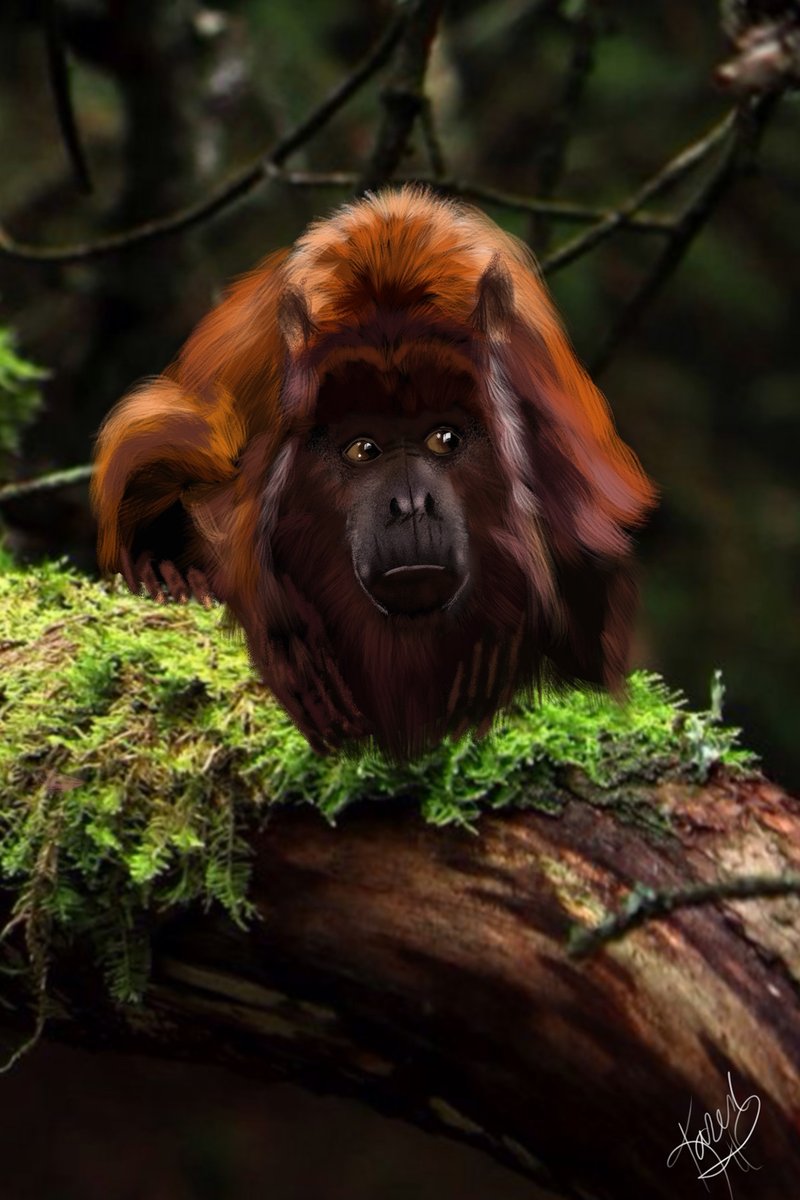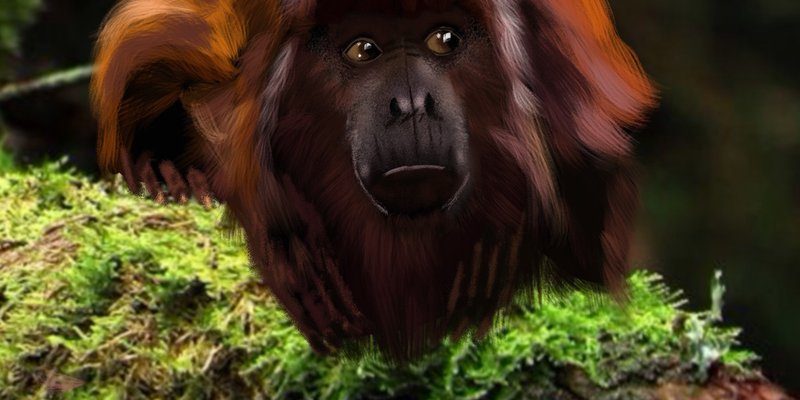
Imagine living in a place where food is scarce, and the weather can turn harsh in an instant. Howler monkeys, found primarily in Central and South America, face these challenges head-on. They’ve developed unique strategies to survive, using their intelligence and physical abilities to cope with the changing conditions. So, let’s dive into the world of howler monkeys and explore how they manage to survive where few others can.
Understanding the Howler Monkey’s Habitat
Howler monkeys primarily reside in tropical rainforests, but they can also be found in deciduous forests and mangroves. These environments can be unpredictable, with heavy rainfall during certain seasons, while others can be dry and arid. This means that finding food and shelter becomes a daily challenge.
In these forests, howler monkeys thrive on a diet primarily composed of leaves, fruits, and flowers. Their specialized digestive system allows them to extract nutrients from tough, fibrous leaves that many other animals can’t eat. Here’s where their unique adaptation shines: they have large intestines and an extended cecum that hosts bacteria to help break down these plant materials, ensuring they get the most energy possible from their food.
You might wonder how they deal with varying food availability throughout the year. Howler monkeys have an incredible ability to adapt their diet based on what’s in season. When certain fruits are plentiful, they feast on them, while in drier months, they rely more on leaves and flowers. This flexibility plays a crucial role in their survival.
The Importance of Social Structure
Like many primates, howler monkeys are social animals, living in groups called troops that range from a few individuals to over a dozen. This social structure isn’t just for company; it’s vital for survival. Living in a troop allows them to have safety in numbers, making it harder for predators like jaguars and eagles to pick them off.
Troops also work together to find food and defend their territory. Howler monkeys are known for their loud vocalizations, and their iconic howls serve multiple purposes. They communicate with each other to signal the presence of food and warn of potential threats. Imagine a choir of howler monkeys harmonizing to announce the location of a tree loaded with ripe fruit—what a team effort!
The benefits of living in a troop extend beyond just finding food. Social bonds are essential for raising young and supporting one another during tough times. When resources are scarce, howler monkeys rely on their troop to share information and look out for each other.
Adaptations to Climate Challenges
One of the most fascinating aspects of howler monkeys is their ability to endure harsh climates. In tropical regions, they face intense heat and humidity, which can be draining. Their thick fur helps insulate them from both heat and rain. During the hottest parts of the day, howler monkeys often rest in the shady canopy, conserving energy.
In drier seasons, when water sources may dwindle, these monkeys have developed behaviors to stay hydrated. They consume water-rich fruits and can even extract moisture from leaves—essentially turning their diet into a survival strategy. Some researchers believe that howler monkeys can also go longer without drinking water compared to many other mammals.
What about storms or heavy rains? Howler monkeys have a unique way to ride out these tough weather conditions. They often stay nestled in the treetops, using their strong limbs to grip branches while waiting for the weather to calm down. Their keen senses help them detect changes in the environment, allowing them to find shelter before storms arrive.
Communication as a Survival Tool
Howler monkeys are named for their incredible vocalizations, which serve multiple purposes in their survival. Their howls can be heard up to three miles away, making them one of the loudest land animals. These powerful calls are not just for show; they play a critical role in territorial behavior and social interactions.
By howling, howler monkeys can communicate their presence to other troops, helping to establish and defend their territory. This is crucial, especially in areas where resources are limited. A well-defined territory means less competition for food and mates. You could think of their howls as a way of saying, “This is our space; step back!”
In addition, their vocalizations help strengthen social bonds within the troop. Vocal communication allows them to coordinate activities, from foraging to alerting others to danger. The intricate sounds and calls help maintain connections, reinforcing the bonds that are essential for survival.
The Role of Diet in Survival
A howler monkey’s diet is a cornerstone of how it survives in harsh environments. As mentioned earlier, these monkeys primarily eat leaves, fruits, and flowers. However, not all leaves are created equal. Howler monkeys are selective feeders, often choosing young, tender leaves that are more nutritious.
This careful selection is important in tough times when food is scarce. They have a keen ability to detect which trees and plants offer the best resources. For instance, in areas where food might be dwindling, howler monkeys can travel greater distances to find their preferred meals, showcasing their adaptability and knowledge of the landscape.
Howler monkeys are also known to demonstrate interesting foraging techniques, often using their dexterous hands to access hard-to-reach food. This flexibility in diet and feeding strategies allows them to thrive, even when conditions are less than perfect.
Conservation Challenges and Survival
Despite their remarkable adaptations, howler monkeys face significant challenges today. Deforestation, habitat loss, and climate change threaten their survival. As their environments shrink, these monkeys have to adapt even more quickly than before.
Conservation efforts are essential to help protect these amazing creatures and their habitats. Organizations work on reforestation projects and habitat restoration to ensure these monkeys have the spaces they need to live and thrive. By protecting their environments, we play a role in supporting not just howler monkeys but the entire ecosystem.
It’s a reminder that our actions can significantly impact wildlife. Supporting conservation initiatives or simply spreading awareness about their plight can contribute to their survival. Howler monkeys are a vital part of the rainforest ecosystem, and preserving them helps maintain the biodiversity that benefits us all.
Howler monkeys are truly remarkable animals that have adapted to survive in harsh environments. From their unique social structures and vocalizations to their specialized diets and foraging techniques, they demonstrate resilience and intelligence. It’s not just their beautiful howls that captivate us; it’s their ability to thrive despite the odds stacked against them.
Understanding how howler monkeys navigate their world encourages us to appreciate and protect them. By recognizing the challenges they face and supporting conservation efforts, we can help ensure that these incredible creatures continue to fill the rainforests with their hauntingly beautiful calls for generations to come. So, the next time you hear a howler monkey’s echoing howl, remember the remarkable story of survival that lies behind their voices.

